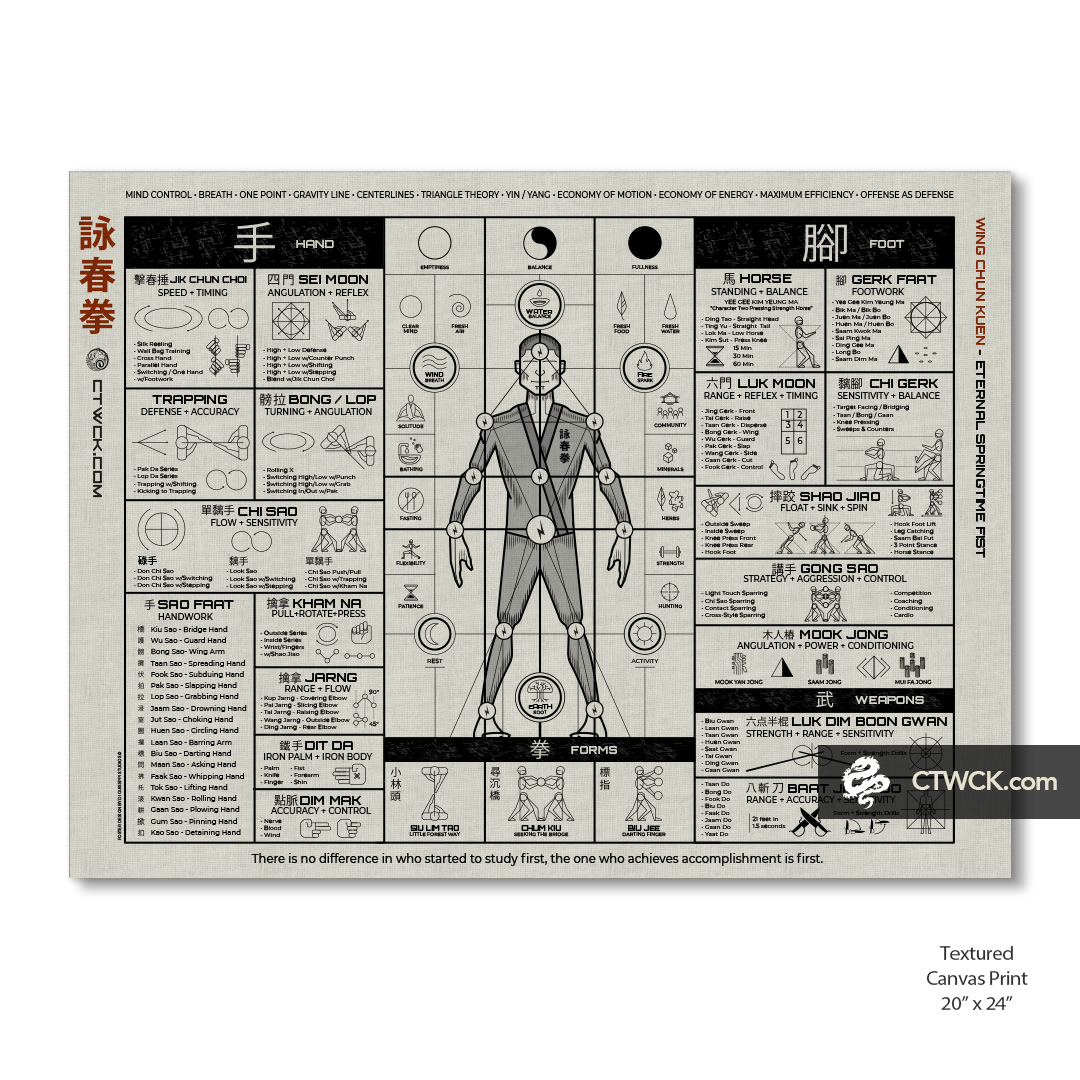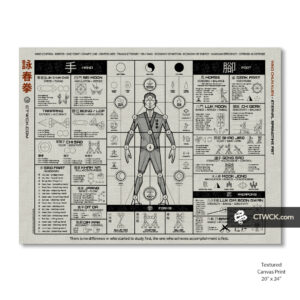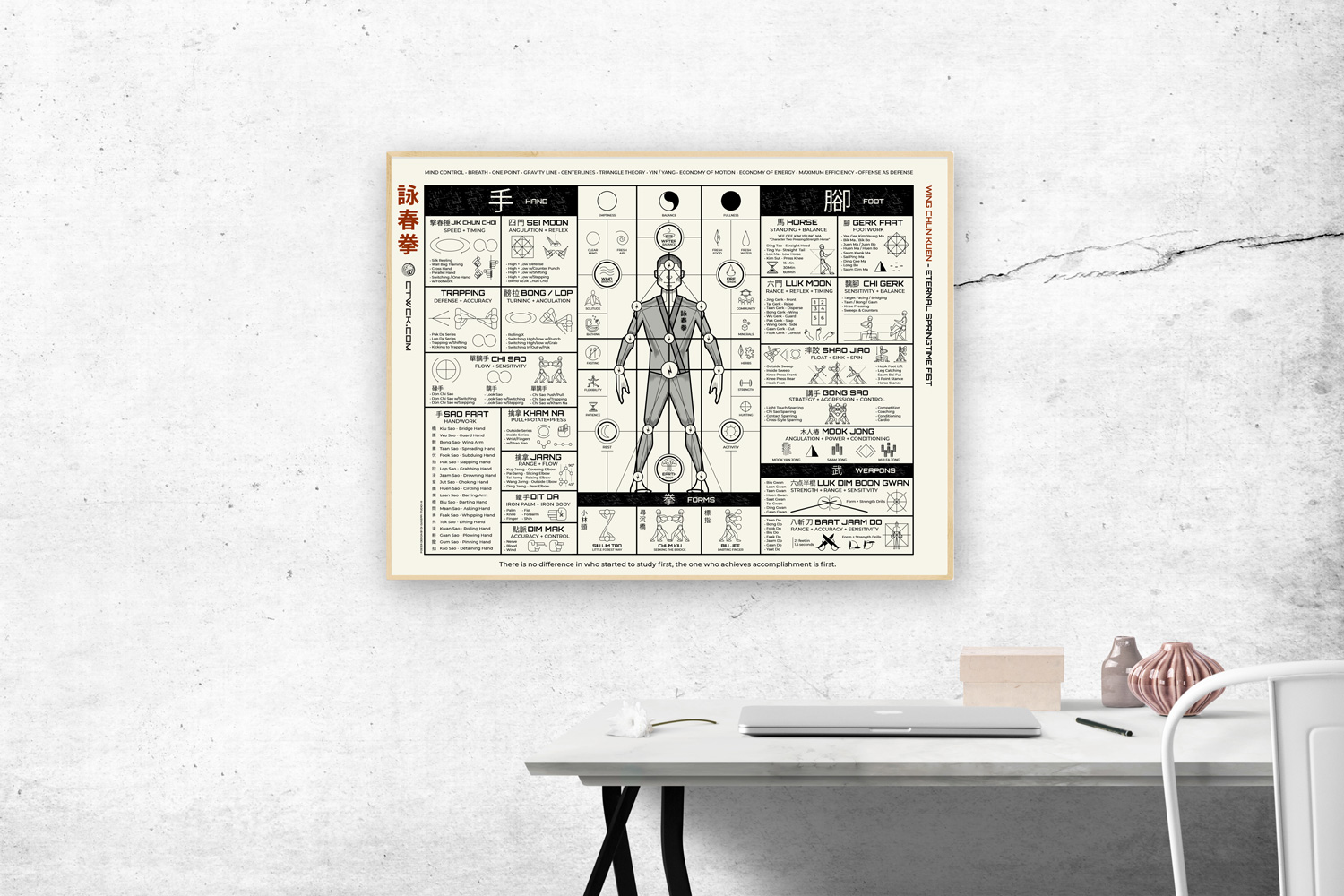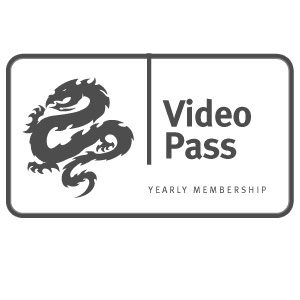Iron Sharpens Iron.
Traditional Martial Art courses tailored for adults in Connecticut. Rooted in centuries-old practices and daily routines, our commitment to what we call “Kung Fu Excellence” is unwavering. With each session, we strive to ascend to new levels of proficiency, and a continuous growth toward mastery in our martial arts journey, and in our daily lives.
Kung Fu
Connecticut Wing Chun Kung Fu System

Level 1
Finding Center
(Practitioner)

Level 2
Takeoffs & Landings
(Practitioner 2)
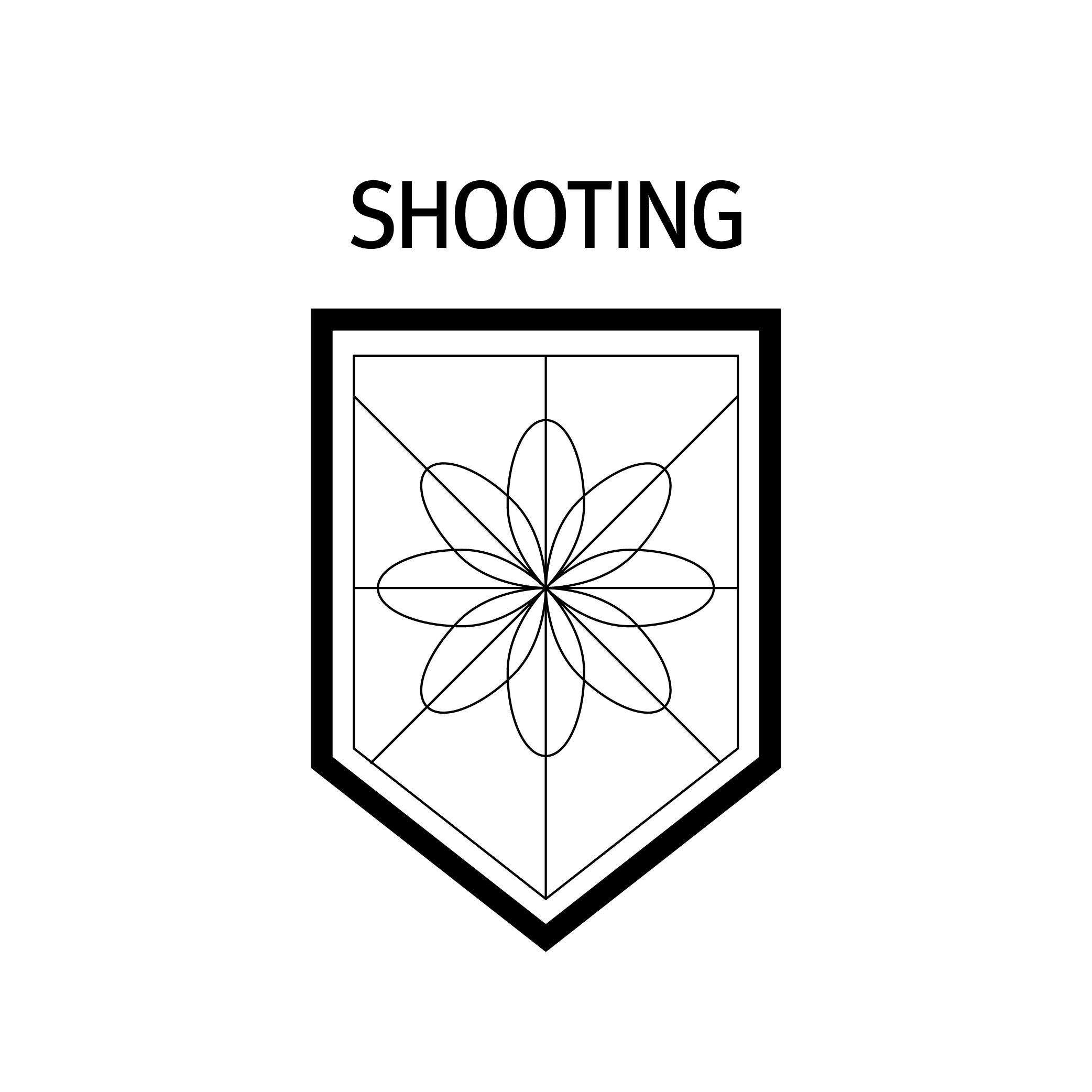
Level 3
Accuracy & Flow
(Practitioner 3)

Level 4
Wooden Dummy
(Apprentice Instructor)

Level 5
Two Handed Pole Arms
(Apprentice Instructor)

Level 6
Double Saber
(Recognized Sifu)
Course Description:
Learning Wing Chun Kung Fu sets the practitioner up with a learning guide for both combat and everyday life. The beginners mind may see only combat maneuvers, the master will understand and control the thoughts, words and gestures they present to the world. The art asks you go to inside your body and to find your “center.” A word often spoken about in the greater lesson plans. Once this idea is understood, we’re set out on a training course to find the other centers in all martial disciplines. Finding center requires the experience of two extremes (Yin & Yang) and then living in an optimal middle zone, which is a state of flow and awareness that is hyper present. Practicing the art is the way to mastery, words and charts and videos are helpful, but the gift is passed on when you physically do the practice.
The Course: Solo forms, meditation, flexibility study, two man martial art training sets.
Prerequisite: Must complete our online registration form and have your application reviewed by our head instructor.
What is included in a typical class?
Each class is 2 hours long and is broken into 3 category types.
1. Warm Up.
We begin with a 10-20 minute warm up.
A warm up should not only warm the body, but also improve a student’s strength, flexibility, balance, symmetry and their ability to calm them selves through breath control.
Our warm up includes Chi Gung, Yoga and Wing Chun Technique Exercises.
2. Forms training.
In Wing Chun there are 6 forms to the traditional system.
There are: 3 empty hand forms, 1 wooden dummy form 2 weaponry forms.
The forms are like physical text books and are trained to program the muscle memory of the limbs. One technique is strung together neatly with another, each teaching strategy and structure the whole way through. When a student’s form looks very crisp, they will then be shown application technique, bringing their comprehension full circle. Forms training is typically 10 min – 20 min, depending on level.
3. Techniques & Drills.
For the remaining time is spent working on drills and various training exercises.
Every student follows the same training regimen in order to insure a proper foundation in the Wing Chun method. Each student is encouraged to travel at their own pace. Hard work, dedication, and most of all attendance affect the rate of advancement.
We offer a curriculum syllabus with each level of study.
“Siu Lim Tao” • (Little Idea)
Our first form, nearly all of the style’s hand techniques are found in this form. Great emphasis is placed on learning the centerline structure and proper use of Jing within each technique. Stance and posture are simple in this form. The stance and posture trained in this form is the base to which all other Wing Chun stances and postures are derived from. The basic stance must be trained diligently and held for as long as possible, building endurance over time.
“Chum Kiu” • (Seeking the Bridge, Sinking the Bridge)
Our second form contains a more complicated variety of combinations than found in the first form. These movements are based from the movements learned and mastered in the first form. Due to its complicity, Chum Kiu cannot be taught until the first form looks very clean.
In this form, we work on moving the stance and changing of weight. The first kicks are also introduced at this level, side kicks, front kicks, and stomp kicks. Great emphasis is placed on proper weight distribution, body unification and correct angles in turning and stepping with the stance. This form unites and coordinates the upper body with the lower. The name of the form symbolizes the understanding it provides to the practitioner. Once this form has been studied and movements are clean and smooth, a student will have great ability in closing the gap and sinking the opponents arm bridges.
“Biu Jee” • (Thrusting Fingers)
Our third form and a form that was very rarely taught to outsiders of the Wing Chun system.
A traditional Wing Chun Sifu will be very selective with whom they share this form with. It is a treasure of a form, containing the more advanced hand weapons of the style.
The skill learned in this form is for emergency only. When one is out numbered, or out matched in size, strength and skill.
The life saving techniques included in this form are not to be used in common sparring, as they will leave the receiver with permanent damage and often unhealable injuries.
If a student makes it to this level, they should use great caution when sharing this knowledge, and great caution when training the techniques with a partner.
“Mook Yan Jong • (The Wooden Man)
Our fourth form is practiced using a very powerful training tool unique to Wing Chun Kung fu, often referred to as a “Wooden Dummy”.
The wooden man does not move, and as a result, it forces our techniques to spill around the arms, rather than trying to force our way through, water through the cracks if you will. Proper distance in relation to the opponent and proper flanking angles are a focus of this form. Upper body and lower body must be in unison, along with stance and immaculate posture. Without those ingredients the form will lack a certain quality.
The drills I teach from day one are cherry picked out of this form and from various techniques elsewhere in the system.
When one has mastered 10 or more drills they will absolutely have a jump start on the form. In addition, mastery of the drills will super charge a students skill, often times at a much faster rate than through normal two man drills.Wing Chun in CT
It can often be a worthy substitute when a partner is not available.
“Lok Dim Boon Gwan” • (6 & 1/2 Point Pole, Dragon Pole)
The fifth form and one of the two weapons trained in Wing Chun. This weapon is often said to have once been a battle spear without the metal tip. It is also believed to have been used to push along small rafts and boats in the harbors of Hong Kong. The pole typically measures between 9 -12 feet in length, heavy at one end and tapered to a point at the attacking end. Powerful thrusting, dropping, circling and parrying movements are trained here as well as strong horse stances, bracing stances and agile cat stances. If you can imagine taking someone off a horse with this weapon, being in the front lines of the infantry, then you will have some idea of its purpose. It is the only long range piece to the Wing Chun system, and it is believed to have been added during the time of the Red Junk Opera.
Grip, arm strength and the ability to focus Jing are all trained in this form.
“Baat Cham Do” • (8 Angle Swords, Butterfly Swords)
The sixth and final form of the style, the Wing Chun swords are the pinnacle of the system.
Here we train to master the 8 angles of attack and how to relate our existing Wing Chun knowledge to the edge of a blade. We begin with power training of the grip, wrists, forearms, arms, and shoulders.
The stances are quick and mobile, while the swords chop with incredible fury. The Wing Chun swords are exactly like the hands, understanding of the sword techniques brings a practitioners’ awareness to a new level.
Chi Gung • (Energy Work, Cultivation)
Chi Gung is practiced at all times in all forms. However, it is focused and found most distinctly in the first form. Combined with Hei Gung (Breath Work) Chi Gung is a mind intent and means of transporting energy and life force to every inch of the body. Chi Gung training is used to cultivate health and build internal energy. A regular regimen of Chi Gung training encourages health, blood flow and proper electric conductivity through the body’s meridian channels.
Fon Sao Training • (Trapping/Replacing Hands)
Trapping training teaches lines of attack and defense in a close quarter situation. If you are within hands reach, you are in trapping range. We begin this training from a reference point just inches out side of trapping range. Wrists are crossed and one person attacks the other.
In Wing Chun style trapping, we point our center at the opponent in order to give both arms an equal reach.
We parry and attack at the same time, using counter attacking motions and off balancing pulls to aid in taking the opponents structures away.
Trapping a persons hands by pressing them down and pinning them to open the upper torso for an on coming onslaught. Trapping is not sparring, and it is not true fighting, it is merely a series of drilling methods that teach lines of attack and defense in close range.
Dan Chi Sao • (Single Sticking Hands)
Sticking to the opponent is one aspect of Wing Chun that sets it apart from many other styles. We cling to the opponents limbs developing a heightened sense of touch, or as we call it, a sensitivity.
Sensitivity brings a student’s overall skill to the next level. It seams their techniques together and gives a polished look to all motions. At first we train sticking hand drills with one arm at a time. Preparing our coordination and quality of motion for the double handed exercise.
Chi Sao • (Double Sticking Hands)
Double sticking hands is a higher level of sensitivity training. Chi Sao begins with a serious of rolling blocks, upper gate, lower gate, and centerline are worked all at the same time. The triangle structures of the limbs fuse together and spinning in harmony. One must learn what correct structure looks like before they can learn when it is incorrect. When an opponents structure is incorrect, one will only see and feel gaps and openings waiting to be attacked. A well based knowledge of trapping hands is needed to begin Chi Sao training. Much of the Wing Chun system is refined through Chi Sao and the application of its motions.
Again, Chi Sao is not fighting and it is not real sparring. Chi Sao is designed to build sensitivity and is a logical next step to trapping hands training.
Chi Gurk • (Sticking Leg Exercises)
For most of us, our legs are just about half of our body height. Our legs connect us to the earth and our stance gives us our balance and ability to bring the upper body into the fight. If we are kicked in the legs, the legs are used to defend. Sticking leg exercises are not only trained in kicking range, but also fighting stance vs. stance. We weave our steps into the stance of the opponent. We must train to have a stable, yet supple stance, our legs must develop sensitivity if they are to detect oncoming footwork. Sticking legs work much like sticking hands. Redirecting, guiding, parrying, in an effort to finally creating openings for attack.
Kham Na • (Joint Locking and Seizing)
Joint locking and manipulation most often happens as a result of being grabbed. Wing Chun employs Kham Na when a situation calls for it. Most situations require a combination of striking and joint manipulating. Joint Manipulation is often used as a non-lethal form of subduing an opponent.
Most Kham Na does not work unless the opponent has been struck first. Some type of distraction is helpful when seizing the limbs. If the technique is resisted, it is important that we do not force them into the hold, but rather sense the resistance and use it to flow into another controlling position.
Mui Fa Jong • (Plum Flower Poles, Footwork patterns)
The footwork of Wing Chun originates from the Chinese plum flower.
A 5 pedaled flower that forms many triangles in its geometry. Traditionally these are poles planted into the ground raised to a height ranging from 2 feet to 4 feet. They can be posted in one arrangement or several pentagonal arrangements linked together. Footwork can be trained on top of the poles, or in between them.
Kicking the poles when on the ground and/or isolating stepping patterns when standing on top. These can also be drawn on a flat surface and are helpful when learning stepping sequences and linking Wing Chun stances together.
Center Point “Don Teen”
Discover the center of gravity and center of the balance in the human frame. Located about 2 inches below the belly button. In the center of the body. Search for control and stabilization of the bone centers of the Sacrum and L5. This area serves as the fulcrum of lifting power for the entire body. This point is also known as the “Origin Point”.
Gravity Line “Mother Line”
Discover the balance between front and back body in the standing posture. The force of gravity pulls our mass straight down and we may be able balance in stillness and near weightlessness when this line is discovered. Line is also known as the Coronal Plane.
Centerline “Vertical Center Line”
Discover the line between your left and right hemispheres. Arms will be aimed down this line for maximum leverage advantage, skeletal defense advantage and equality of hand/arm reach advantage. Line is also known as the Sagittal Plane.
1st Horizontal Center Line.
Discover the line near the bend of the elbows and solar plexus. This line defines Upper and Middle attack and defense corridors. Cross referenced with the Vertical Centerline, this creates what is known in Wing Chun as the “4 Gates”. This line determines the middle of the torso and a position of ultimate arm strength. We will attempt to keep our elbows located in this location for maximum leverage advantage. Controlling this elevation on an opponent’s frame is a key component to the Wing Chun attack strategy. Line is also known as the Transverse Plane.
2nd Horizontal Centerline.
Discover a line near the “Center Point” that defines the upper body and lower body. Cross referencing this line with the 1st Horizontal Centerline and Vertical Centerline will create what we call “6 Gates”. 6 Gates will create the High, Mid, Low elevations for choosing the right attack or defense.
3 Bows.
Discover the 3 centers of rotation and power in the arms and legs. The arm centers are found at the wrist, elbow, and shoulder joints. The legs centers are found at the ankle, knee, and hip joints. Within any body joint we find a range of rotation that can store and released energy or kinetic power transfer.
3 Distances.
Discovery of the 3 Arm Bows with an outstretched arm, will define the Long, Middle and Short Range arm technique distances. The Wing Chun course will cover technique tools for each range so that an appropriate arm maneuver may be selected and applied according to range.
Yin and Yang.
Discover the feeling of tension and relaxation. For example a squeezed fist is filled with tension, power, strength, and what we call “Yang” energy. A relaxed hand is emptied and offers a feeling of relaxation, softness, change-ability and what we call “Yin” energy. The concept of Yin and Yang may also be applied to many other combination pairs in other areas of life. Male / Female, Light/Dark, Substantial/UN-Substantial, etc. Understanding the duality is important, and seeking a harmony or balance of both extremes is often seen as a goal toward enlightenment.
Economy of Energy.
Wasting strength or energy will result in a draining of resources. When resources are completely drained, it will be very difficult to succeed. Wing Chun theory advises that we save energy for later, by releasing it at only the correct intervals, and maximum leverage angles. Using the principle of Yin, one may recharge their power and gain a starting point to travel all the way to Yang. We will search for opportunities to relax and recharge, and use our energy as economically as possible.
Economy of Movement.
Wasting movement will result in traveling at a slower speed and require more time to travel through a given space. When a target is chosen, it is best to draw the straightest line possible toward that target if possible. When an obstruction enters the straightest path, an economic adjustment of position or movement should be applied so that one does not waste time arriving to the target. We should meditate on the element of Water and it’s masterful property of adaptability.
Target Facing.
It is advised that one aim their Vertical Centerline directly at what they intend to interact with. This is not always 100% possible, but should be a goal in most situations. If the Vertical Centerline is pointed at the target, it is possible to deploy both hands at the same time which should provide one with a greater number of options for technique selection.
Offense and Defense as one.
When an opponent’s limb or weapon arrives to a trajectory, and you can see or sense its path of movement, it is possible to sheer that angle with a nearly similar angle. This tactic will cause a perfect counter attack. This concept of line matching, timing and structure are what make it possible to use the offense as defense. This is considered one of the primary concepts of combat that are at the core of the Wing Chun.
135 Degree Angle.
In both the leg and arm, there exists an articulation angle of maximum power vs structural integrity. That angle utilizes leverage and multiple muscle groups combined and can clearly be identified and numbered. The position is found in the middle range in both arm and leg techniques as understood in the 3 Distances.
3 Vertical Power Lines.
Each shoulder has it’s own anatomical line of power, in addition to that, the center frame of the body also holds a precise muscular focal point. Power may travel easily out of each shoulder socket, and as far over as the centerline, or opposite shoulder. In most cases, the limb should stick to it’s own hemisphere and only go into the other, if when a body turn occurs. The 3 vertical lines of power are based on natural bio mechanics.
Indoor and Outdoor.
When in contact with an opponent’s limb or weapon, you will find two paradigms of location.
We can classify the position to be named Indoor, if you are inside of someone’s position. And Outdoor if you are on the outside. In other meanings, this can mean inside or outside of the shoulder power lines.
Cross Hand and Parallel.
Again when in contact, your technique will be located in either a Crossed connect or Parallel connection. Discovering this at high speed and drawing responses from the two technique sets is essential for managing control over your opponent.
Spiraling & Torque.
Applying a rotational force to the opponents contact point or control point will cause complex angulation to occur. That spiraling motion may go forward, backward, sideways, and all of the diagonal directions. This theory of movement allows the Straight Line of Wing Chun to become a circle. A fluid sense of rotation is an added benefit of studying the essence of the core hand techniques found in Wing Chun. We employ this action in the hips, ( Center Point ) as a driving force for all other actions. The most notable pair of actual “Techniques” has to be the Bong Sao and Taan Sao hand maneuver. When torque is applied to the arm bows, we can see a possibility of two rotational directions. Named pronation and supination. This forearm rotation is often a secret source of power and control. It functions much like one of the 3 bows in that it holds and stores power.
For more theory, come visit the school and start asking questions. These martial concepts are what makes Wing Chun a scholarly martial art and not just based on being the biggest and strongest. We match the highest level of knowledge with the highest level of body conditioning.
Pronounced:
“Wing Chun Kuen” In Cantonese Chinese
“Yong Chun Chuan” In Mandarin Chinese
What does this mean in English?
“The Eternal Springtime Fist”
Where did this name come from?
From one of the many Martial Songs passed down through the generations:
“Wing Yin Chi Ji – Mo Mong Hong Juk – Dai Day Wu Chun”
When translated it means:
“Always speak with determination, don’t forget the Han nation, for we will return in spring.”
And with this language considered, it is most plausible that Wing Chun Kung Fu’s name is a testament to the fallen Ming dynasty, formed by Ming loyalist who hoped their dynasty would return in spring.
Springtime represents being reborn and unending return to life.
Additional Courses

Filipino Kali Basics
Kali is the Filipino equivalent to the Wing Chun art. Its practice features many of the same martial theories, physical movement routines and massively beneficial physical fitness abilities. Authentic Filipino Kali is taught using a rattan stick to simulate a small melee weapon such as a dagger, short sword, or machete.
The Course: Solo Baston, Double Baston, Doce methodos, two man martial art training sets.
This course is only taught privately.
Prerequisite: Requires at least one month of Wing Chun Kung Fu training. Must complete our online registration form and have your application reviewed by our head instructor.
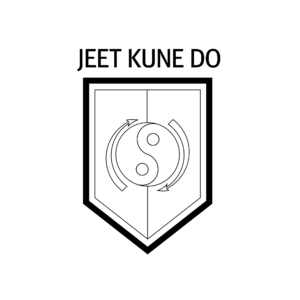
Jeet Kune Do Basics
Jeet Kune Do was the system created by Bruce Lee, after he expanded his martial library outside of his intensive study of Wing Chun. His training methods involved innovative combat theory with the blending of kicking, boxing and grappling into the flow of possibilities. Bruce Lee has been donned the Grandfather of MMA and rightfully so, his work put many martial art systems on the map, because of his obvious hard work and dedication to promoting the traditional arts of South East Asia.
The Course: Focus mitt drills, boxing fundamentals, footwork fundamentals and cardio conditioning.
This course is only taught privately.
Prerequisite: Must complete our online registration form and have your application reviewed by our head instructor.
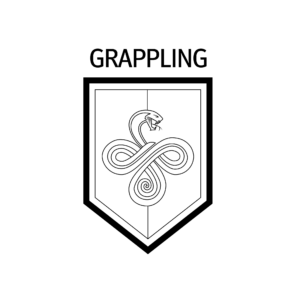
Grappling Basics
Grappling is the art of catching, wrestling and holding an opponent. Grappling situations may happen in a standing environment and eventually may include the act of falling, being thrown, taking someone down, and a system of reversals. Pressure points holding, choking, locking, subduing and then just securely pinning some one down. Grappling is a sub system found in all other martial art systems, including Wing Chun, Kali, JKD and an art into it’s own, such as found in Jujitsu.
The Course: Acrobatic tumbling, positioning fundamentals, finger locks, arm locks, leg locks, chokes, pressure points, pain compliance and cardio conditioning. This course is only taught privately.
Prerequisite: Must complete our online registration form and have your application reviewed by our head instructor.

